I am developing an application for sampling Glebe for agriculture purpose. In That a user can select a a Glebe by tapping on map which will create a polygon according to the number of taps. I am able to create that polygon and able to get the area of the polygon. But Now I need to divide it into equal areas.
For example, If the polygon's area is 50m^2 then it'll be divided into 50 areas of 1 m^2. Same functionality has been done in Agri Precision App. Find below image. I need to divide the polygon same as below image and show the points inside it.

For getting Area, I am using Google Map Utilty Lib It has an algo also for Grid Clustering. I want same like above image. In above image, they have divided area per 5 Hectares. Since all area is 85 Hectares, so total points should be shown will be 17. That is what How it works.
So my question is:
How to find those points according to the area of the polygon on Map so that I can draw these points on Map?